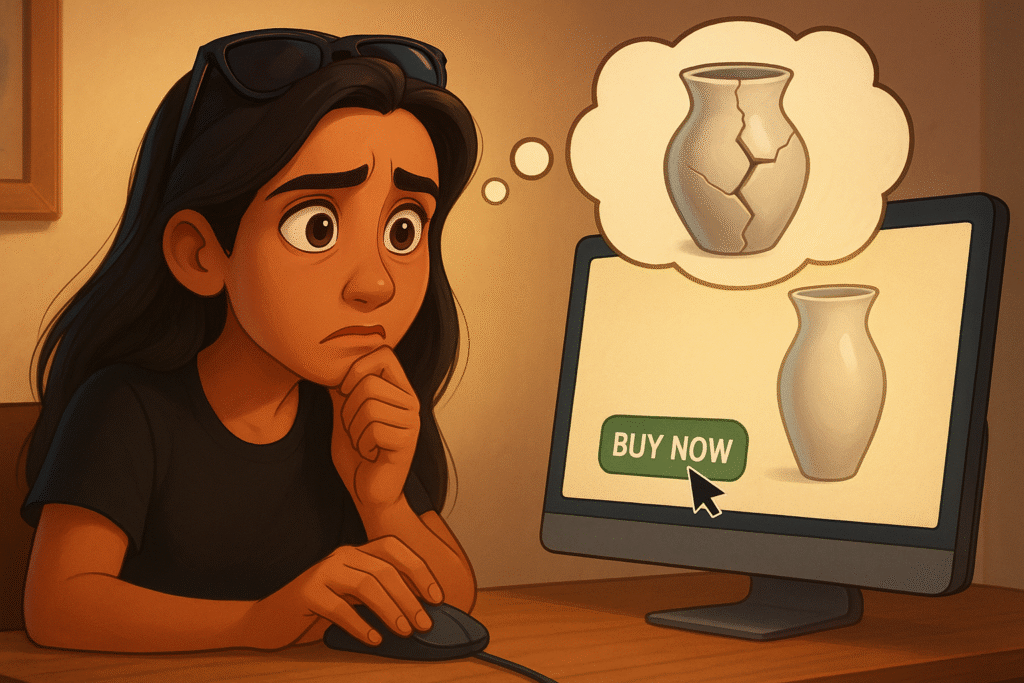
Years ago, I had a crash while cornering on my bike that left me with a fractured arm and some nasty road rash.
The physical injuries healed within weeks, but something else lingered way longer.
Every time I approached a corner at speed, my body would tense up. I’d brake earlier than necessary, take wider lines, and generally ride like someone expecting disaster at every turn.
The fear of crashing again was controlling my behavior long after my body had fully recovered.
This is exactly what researchers call the Fear-Avoidance Model.
Originally developed to understand chronic pain, it reveals why some people bounce back from injuries while others remain stuck in cycles of limitation and decline.
The breakthrough insight: fear of pain — not any actual pain — often becomes the bigger problem.
When you hurt your back, you might avoid lifting, bending, or even exercising.
Not because you can’t, but because you think it might hurt.
That fear creates avoidance, which leads to weakness and lost confidence, which ultimately creates more vulnerability.
Even after the original injury heals, fear keeps you paralyzed.
Now apply this to your customers.
Someone who got burned by a previous software implementation will avoid trying new solutions, even when their current system is clearly failing them.
A person who had a terrible experience with a meal kit service will stick with grocery shopping they hate rather than risk another disappointment.
In I Need That, I discuss how customer resistance often stems from emotional protection rather than rational evaluation. The fear-avoidance loop explains why logical arguments about your product’s superiority often fall flat.
Product Payoff: Zoom explicitly addressed video conferencing fear-avoidance in its early marketing. Instead of sticking with promoting features, the app offered “frictionless” one-click joining, extensive free trials, and prominent testimonials from users who’d been burned by glitchy or complex platforms like WebEx or GoToMeeting. (Remember those?)
Zoom’s “It just works” positioning directly countered the fear that video calls would be another technical nightmare. By 2019, even before the pandemic Zoom-boom, they had captured 22% market share by making previous video conferencing trauma irrelevant.
They built trust that it wouldn’t repeat past pain.
Break the cycle: Identify where fear-avoidance might be blocking YOUR ideal customers. What previous bad experiences in your category might make them scared to try your product?
Then address those fears directly in your messaging.
Make it into a positive for the buyer, and an advantage for your brand. Offer risk-free trials, money-back guarantees, and true stories of how you’ve specifically solved exactly the problems that burned buyers of competing products.
What product category do you avoid because of a previous bad experience, even though you know better options exist?
Don’t be scared! Tap that reply arrow and tell me your own story.
Or reach out to my team of product marketing specialists at Graphos Product.
